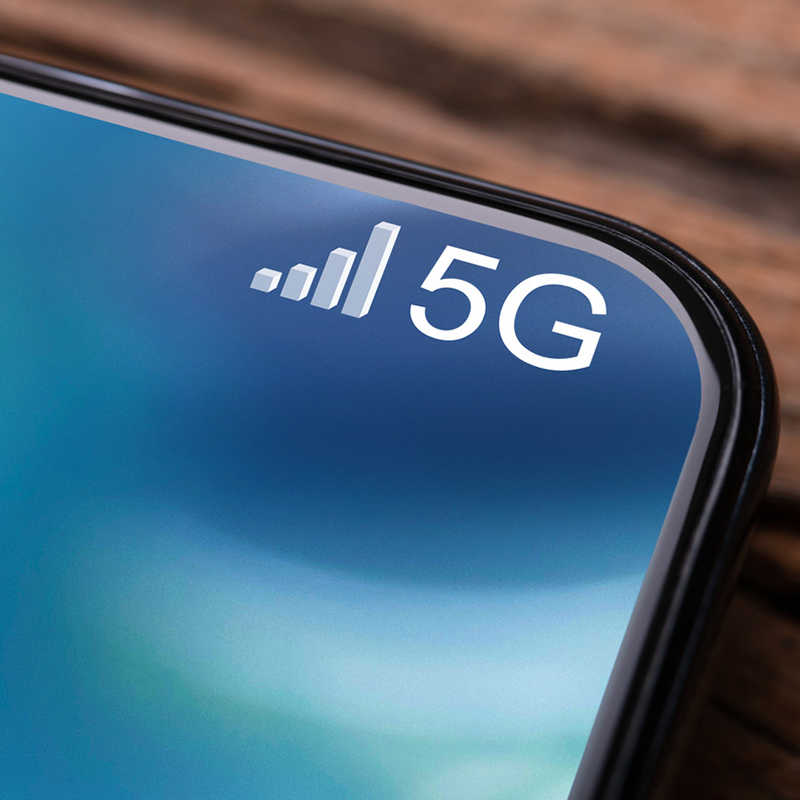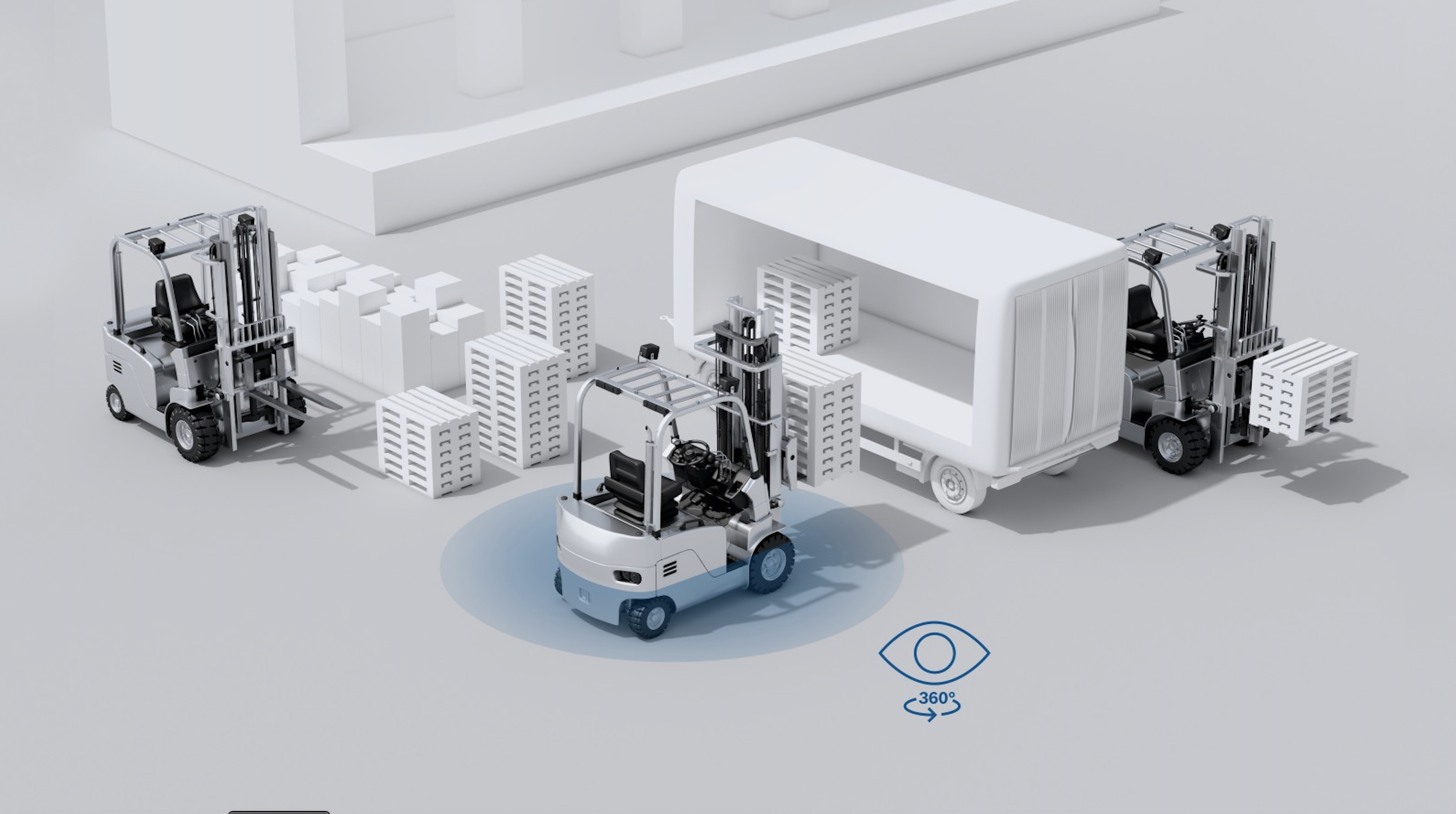Hyperconnectivity

Key Takeaway:
In 2023, the structural forces of technological progress are moving us all towards more connectivity, both cost-efficient and reliable. The rapid expansion of 5G coverage, cheaper 5G smartphones, and interconnected IoT devices are expected to drive user adoption while tightening cyber security control.
Trend Type: Technology
Sub-trends: 5G cheap smartphones, 5G standalone networks, Wireless-Value Realization, Hyper-connectivity & cyber-resilience
Use Cases
5G Standalone Networks: China has built the world’s first smart, zero-carbon shipping terminal, Terminal C, using 5G, cloud computing, AI, and robots to automate the entire workflow. This has reduced labor needs, improved safety, and created a more sustainable and efficient port operation that could become a model for the world to follow. The Tianjin Port, where Terminal C is located, processes more than 21 million cargo containers a year, ranking it among the top 10 busiest ports in the world. By embracing technology and improving logistics, the Tianjin smart port has become one of the smartest and safest ports in the world, greatly reducing the need for human staff.
5G Standalone Networks: Wireless-Value Realization: Shufersal an Israeli retailer, is using power harvested from the network to tag goods with low-energy Internet of Things (IoT) chips. It uses these to track vegetables directly from the farm to the store shelves, providing supply chain visibility, inventory management and provenance information..
Wireless-Value Realization: Bosch-Siemens uses ultrasonic sensors to slow down forklifts in real time. In addition to eliminating forklift accidents, there was a 98% reduction in near misses and a 10% increase in productivity. The technology is being implemented in 2.5 million square feet of production and warehouse areas with readers on 250 forklifts and 500 pedestrians.
